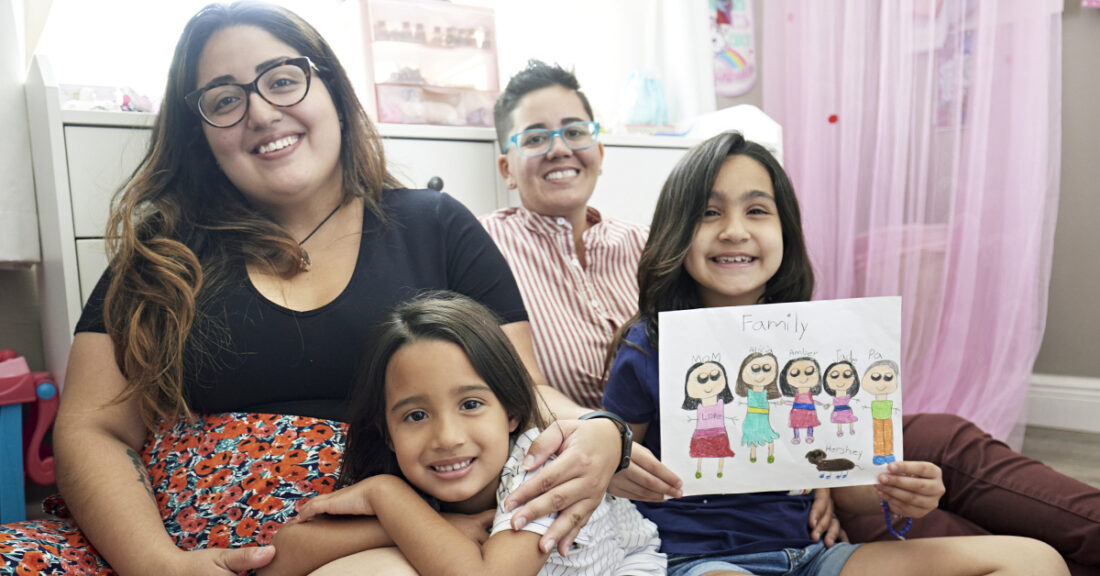Preventing Families From Having Child Welfare Involvement

During Child Abuse Prevention Month, Lisa Hamilton, president and CEO of the Annie E. Casey Foundation, joined Dr. Melissa Merrick, president and CEO of Prevent Child Abuse America (PCAA), to explore an important question: What can be done to better support families before they reach a point of crisis or enter the child welfare system?
Hamilton and Dr. Merrick recorded their conversation for “Preventing Adverse Childhood Experiences,” an episode of PCAA’s new podcast series. They discussed how child welfare agencies, community-based organizations and other partners can work together to ensure young people and families have the resources they need — like access to stable housing and economic opportunities — to avoid system involvement.
“This idea of making sure families have what they need, when they need it, delivered in their own communities with love and respect and without stigma before they are in crisis is how children and families will be happy, thrive and be hopeful for the future,” says Dr. Merrick.
In 2022, 62% of entries to foster care were related to neglect, yet the nation’s child welfare systems tend to invest more in interventions or responses post-neglect rather than in approaches to prevent it. Research has shown that poverty is often at the root of referrals for neglect. Economic supports, including the child tax credit, Medicaid and the Supplemental Nutrition Assistance Program, have proven to drastically reduce child welfare involvement.
“We know neglect is defined differently across states, but it really typically applies to a lack of basic needs, everything from housing to child care to clothing,” says Hamilton. “All of the things we know low-income families are struggling with.”
The two leaders also discuss the importance of engaging communities in designing and implementing services that strengthen families. Those who have experienced the child welfare system have critical perspectives and insights on how to improve children’s well-being.
“This work is doable, and that certainly gives me lots of hope,” says Hamilton, highlighting several of the Casey Foundation’s prevention-related efforts, including:
- KIDS COUNT® — state-by-state data on the well-being of children.
- Thrive by 25® — a set of investments that promote basic needs, permanent connections, education and credentials, financial stability and youth leadership for young people ages 14 through 24.
- Thriving Families, Safer Children — a 22-jurisdiction partnership that supports community-based approaches to prevent the need for family separations.
- Evidence2Success® — tools for surveying young people’s experiences and using that data to identify evidence-based practices and programs that will improve outcomes.






